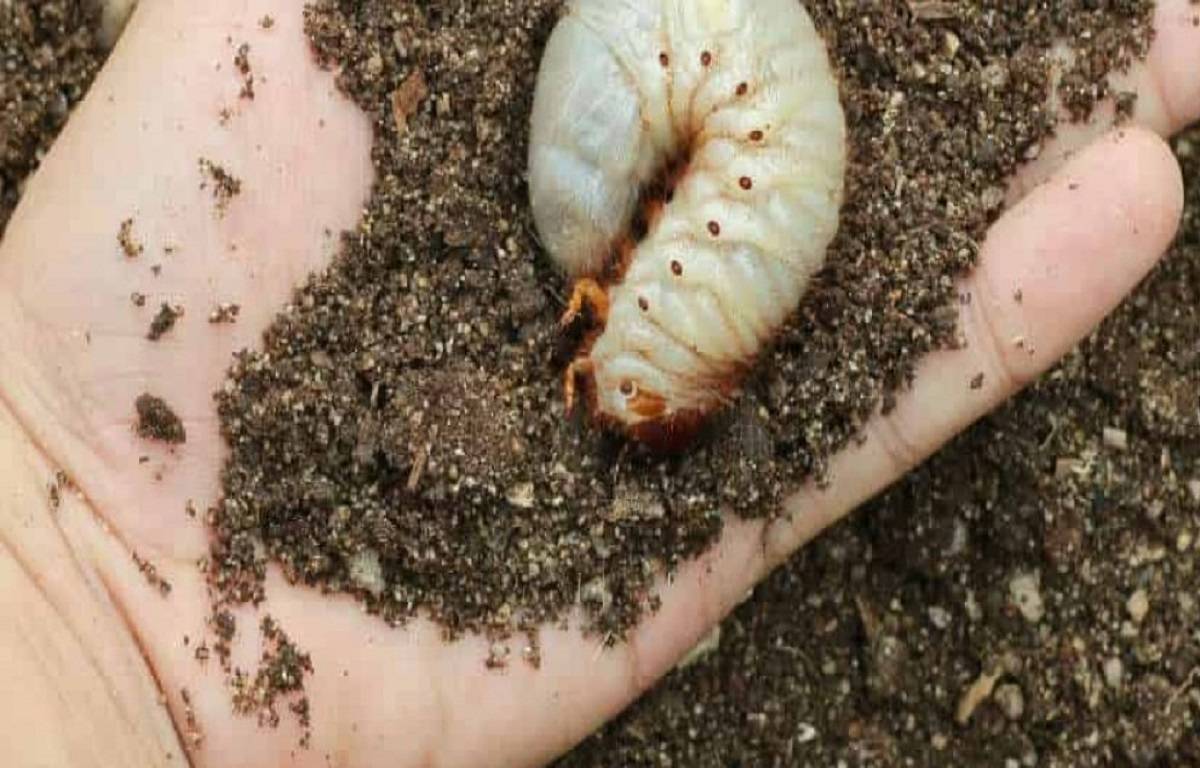
Biopesticides are the formulated form of active ingredients based on microorganisms such as bacteria, viruses, fungi, nematodes, or naturally occurring substances, including plant extracts and semiochemicals (e.g., insect pheromones), used for biological control of plant diseases and pests.
Biopesticides are effective and biodegradable without any residues in the environment. Although synthetic pesticides are the earliest and most common method used for controlling pests and diseases in plants, intensive use of these chemicals has resulted in various environmental problems like degradation of soil quality, groundwater pollution, as well as ecological imbalance in nature.
Currently, biopesticides comprise only a small share (5.0 percent) of the total crop protection market globally, with a value of about 3 billion US dollars worldwide. However, the use of biopesticides is increasing globally by approximately 10 percent. It seems that, if the global market increases further in the future, biopesticides can play a vital role in substituting chemical pesticides reducing the current over-reliance on these ecologically harmful chemicals.
It has been estimated that biopesticides, which are regarded as a vital component of organic farming lead to a decrease in farm yields by an average of 10-15 percent less than conventional farms. However, the lower yields are balanced by lower input costs and higher margins, benefits in terms of soil quality and fertility. As part of the 10th Five-year Plan, the Government of India has earmarked about Rs. 100 crores for the promotion of organic agriculture in the country.
The Planning Commission (2001) has declared the Agricultural and Processed Food Products Export Developmental Authority (APEDA) as the nodal agency for the promotion of Indian organic agriculture and its export opportunities. India holds the second position in the world concerning the total number of certified organic farms (44,926) and occupies the 13th position in terms of area. The total area under organic agriculture in India is 5,28,171 ha including certified area, and the area under organic conversion accounts for about 0.3 percent of total agricultural land.
Economically, organic farming in India is estimated to be 78 million US dollars and is entirely export-oriented. Because of increasing market demand and the increase in the inclination of farmers to organic agriculture, there is much scope for the industry of biopesticide to grow and meet the organic demand of the country.
Organic pesticides contribute only 4.2 percent of the entire pesticide market in India and the Compound Annual Growth Rate (CAGR) is likely to increase by 20.2 percent from 2010 to 2020. In India, organic pesticides have been estimated to have a market value of about 23.92 million US dollars in 2015.
The antagonistic microbes have come under the Central Insecticides Board (CIB) Pesticide Registration Act since 2001 and there are now more than 100 registered products of Trichoderma, around 50 of Pseudomonas fluorescens, and a few of NPVs. To date, more than 500 biopesticides are registered by the CIB that are available in the Indian market.
In India, since the early nineties, microbial biopesticides have been produced by a good number of entrepreneurs which now counts to around 400. But only 10 percent of these production units have proper facilities and the rest of the 90 percent of biopesticides enterprises are run for short-term gains which are mostly ‘one-man-shows’. The latter do not have good facilities regarding fermentation equipment, qualified microbiologists, trained staff, sufficient space for operating each step of production, enough buffering capacity, and rolling capital. Such enterprises with a lack of proper infrastructure often end up with physical and biological contamination. Therefore, quality control is still a major problem in most of these products through CIB is constantly involved in the registration of biopesticides.
Survey says that most of the biopesticide products do not retain the indicated bioagents. Some of them also contained microbial contamination at a high amount. So, we can say that it is very difficult to produce biopesticides with constant purity like synthetic pesticides, which are produced in desired purity and yield.
Quality control needs to be ensured at all levels of mass production of the nucleus culture (biocontrol agents) by taking extreme care in all the steps of production, i.e., culturing, preserving, storage methods, transportation, and releasing techniques. The government of India has evolved National Organic Standards and criteria for the Accreditation of certification agencies, Accreditation Procedures, and Inspection and Certification Procedures under the National Program for Organic Production (NPOP).
Moreover, due attention has been paid to the guidelines as enumerated by international organizations such as International Federation for Organic Agricultural Movement (IFOAM), European Union Regulations, and Food and Agriculture Organization Codex Standards. As part of this program, a National Logo for organic products on behalf of Govt. of India has also been developed.
The government has finalized quality control standards and data requirements for the registration of biopesticide products which outlines the registration data must include its composition and description, biological properties and quality control standards at different stages, specificity of packaging, delivery system, label information for market products, tolerance limits, residues, safety to non-target organisms, taxonomic identification, detail production technology, efficacy and biological impact, contamination, and shelf life under storage and regular use.
The transfer of antagonists from public research institutions to private firms is like a relay race to achieve adequate control of a disease. So, at the beginning of the relay there must be a baton that meets certain size and weight specifications, or else the team might be disqualified at the end if it does not retain the proper characters. Several characteristics are desirable for the biocontrol agent to become a commercial reality.
For maintaining all these aspects, considerable Research & Development strategy is required which is a relatively tedious task and not all companies are proficient in following the correct production methodology and technology. Extensive research on biopesticides in national laboratories and State Agricultural Universities can demonstrate the efficacy of biopesticides before releasing them into the markets.
Strong synergies between the Ministry of Agriculture, Govt of India, CIPMCs, State Agriculture Departments, SAUs and ICAR Institutes, Private Biopesticides Industries, KVKs, NGOs, etc. need to be developed to attain the overall goal of promotion of the use of biopesticides. Certain quality issues like the original and true type of biocontrol strains, efficacy, minimum spore concentration, physical parameters of formulated products, and free from contaminants and chemical pesticides are of paramount importance for the registration of biopesticides.
The quality of biopesticides should not be compromised at any cost during production and storage for ensuring the supply of authenticated products to the farmers. At the same time, the registration process for biopesticides should be simplified as compared to chemical pesticides to encourage a greater number of applicants to come forward for registration as well as more number and varieties of biopesticide products in the market.












Share your comments